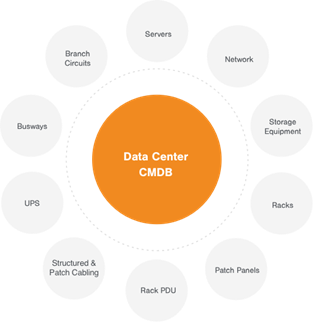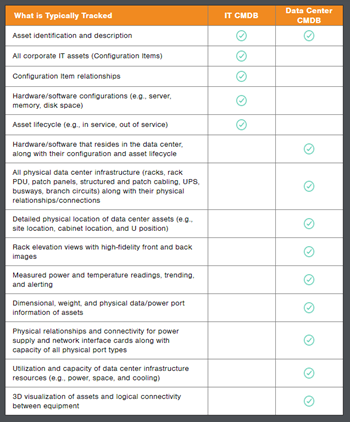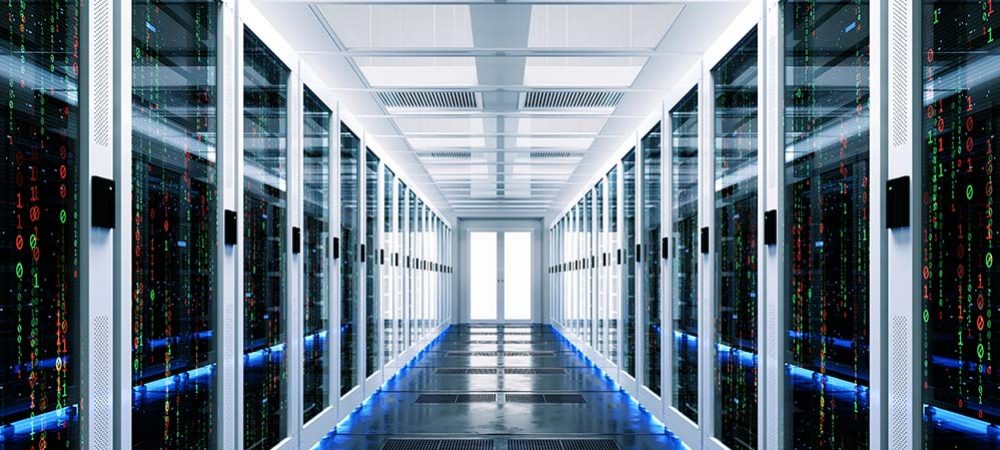Without the proper tools that integrate and drive automation, the data center will fail to support the business and the business will, in turn, fail to compete. This is the view of Herman Chan, President, Sunbird Software, who outlines why organizations should consider integrating traditional IT and Data Center CMDBs to enable agility, innovation and business growth.
This article is the third of three in a series. Don’t miss the first part titled “The Trends Reshaping Data Center Management” and the second part titled “Remote is King.”
Digital Transformation has changed how nearly all modern businesses operate. According to IDC, 89% of all organizations have either already adopted a digital-first business strategy or plan to do so.
The benefits of digitization include improved operational efficiency, faster time to market and an increased ability to meet customer expectations. The digitization of products and services will only continue to expand, and organizations must be highly focused on the data center – improving IT operations, service delivery and asset management – in order to continue to innovate and facilitate growth.

Data center teams must provide a solid foundation upon which businesses can extract value and insight from their data. However, modern data centers are highly complex and distributed, and data center teams often struggle with unintegrated management platforms that block them from accurately tracking and managing all their physical infrastructure, IT assets, software and applications.
Common pain points of unintegrated systems include:
- Disparate data sources that impede analytics and data-driven decision-making
- Information silos that lead to functional blockages that prevent each team from making the most informed decisions
- Security and compliance issues stemming from user permissions needing to be managed separately for each database leading to users having incorrect privileges and increasing the chance of security breaches
According to PwC, 45% of executives don’t think their company has the right technology to implement a Digital Transformation. Without the proper tools that integrate and drive automation, the data center will fail to support the business and the business will, in turn, fail to compete.
Configuration Management Database (CMDB) integration is one critical example of what leading data center teams are doing to help modern businesses successfully navigate a Digital Transformation.
What is a traditional IT CMDB?
Most organizations leverage a CMDB to help them more efficiently deliver IT services and make better business decisions. A traditional IT CMDB stores information on the hardware, software, systems, facilities and personnel within an organization to help IT professionals understand and manage these assets (typically referred to as Configuration Items or CIs) and their relationships. Traditional IT CMDBs are used for change management and ticketing, impact analysis, root cause analysis, legal compliance and incident management. Traditional IT CMDBs have their uses, but they are not the complete solution required by today’s businesses.
What is a Data Center CMDB?
A Data Center CMDB – part of Data Center Infrastructure Management (DCIM) software – expands upon what is typically tracked in a traditional IT CMDB to include other important information about physical data center infrastructure. A Data Center CMDB maintains an accurate representation of all IT equipment residing in the data center (i.e., servers, network and storage equipment) and supporting infrastructure assets (i.e., racks, rack PDUs, patch panels, structured cabling, patch cabling, UPSs, busways and branch circuits) with relationship mapping down to the physical port level and up to the virtual machine and application levels.
A Data Center CMDB provides a holistic view of all data center resources and capacity, and its information can be shared across organizational functions in a single pane of glass. The data tracked in a Data Center CMDB supports a wide range of use cases including asset management, power and environment monitoring, space capacity planning, connectivity and port management, and 2D/3D visualization and modeling.

How does a traditional IT CMDB compare to a Data Center CMDB?
Traditional IT CMDBs allow IT teams to track all corporate IT assets and their configurations as logical objects to align IT with the business throughout the product or service delivery lifecycle. In comparison, Data Center CMDBs track the physical infrastructure relied upon by IT systems and enable agility through real-time capacity and change management to optimize the availability, utilization and efficiency of the data center infrastructure to meet the demands of IT.
Further, a Data Center CMDB allows you to visually track and manage information in a manner that is simply not possible with a traditional IT CMDB. A Data Center CMDB can be leveraged to provide rich 3D models of the physical infrastructure with detailed asset information such as cabinet and U position, port information and dimensions, while a traditional IT CMDB is just a database of fields.
With a traditional IT CMDB, it is impossible to remotely visualize your devices and their physical connections and relationships.

Key benefits of integrating traditional IT and Data Center CMDBs
Both traditional IT CMDBs and Data Center CMDBs are important and necessary in the age of digitization, but technologies used in a data center are interdependent and as such they must be integrated to extract the most value from them.
Cutting-edge data center teams have realized the enormous benefit of leveraging and integrating both types of CMDBs to drive automation that saves time and improves data accuracy. With a vendor-agnostic data center management platform that is open and interoperable, integration is fast and easy to accomplish.
A modern Data Center CMDB will work with what you have and come out of the box with open APIs and user-configurable connectors that simplify integration. Through one seamless portal, you can integrate CMDBs and facilitate flow-through operations that enable you to create, read, update and delete assets or attributes through other systems.
For example, if you add a new server in your IT CMDB such as ServiceNow, Cherwell, Jira, or BMC, that server will automatically be created in your Data Center CMDB and vice versa.
By integrating CMDBs and enabling automation, your teams will:
- Enable a single source of truth. Integration breaks down information silos and increases the accuracy of all data so users of either system can trust that the additional data they have access to is accurate and up-to-date.
- Improve workflow and productivity. Integration allows information entered in one system to be automatically pushed to the other, saving you time by not having to update multiple systems or cross-check data against other sources.
- Enhance collaboration across functional teams. One holistic picture of all available data enables data-driven collaboration and decision-making across all data center, facilities and IT teams.
- Simplify data center security management. Maintenance of user permissions is simplified to ensure that security policies are adhered to. As some users may only need to access one CMDB, they can still see all the relevant data they need.
Bringing it all together
According to Forrester, 93% of companies agree that innovative technologies are necessary for companies to reach their Digital Transformation goals. The state of data center infrastructure management today is one in which automation via integration is required to be successful.
Leading data center teams have found that deploying and integrating both traditional IT CMDBs and Data Center CMDBs have allowed them to maximize the value of their data by enabling data-driven collaboration and decision-making to provide the foundation modern businesses need to be agile, innovate and thrive.


